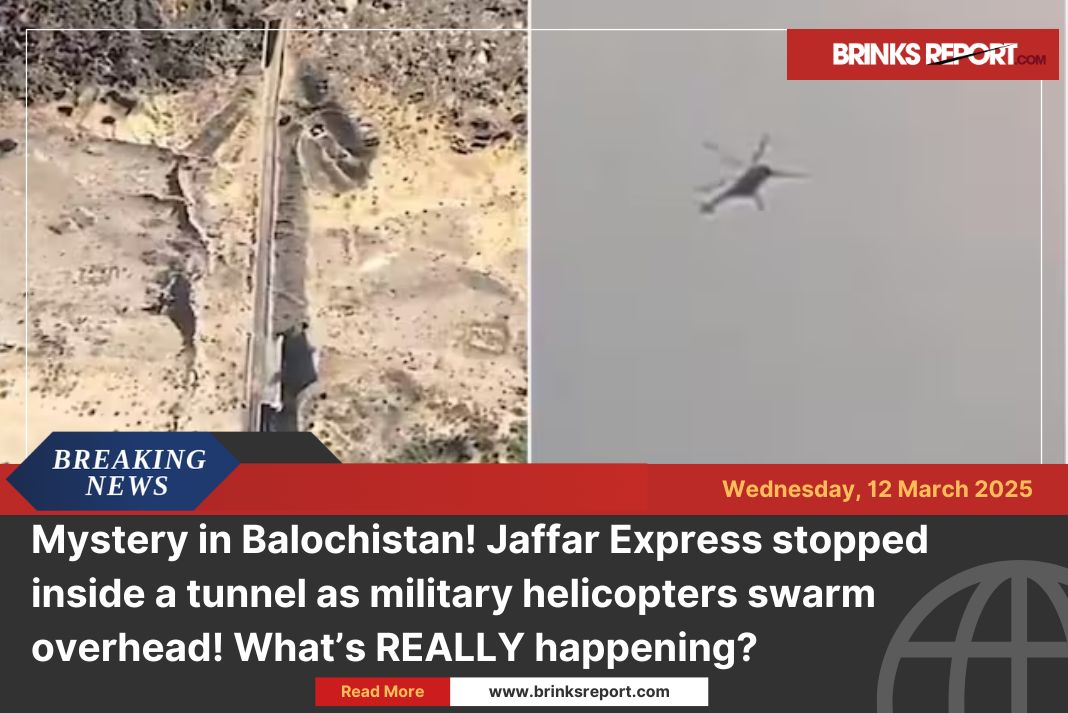
On the morning of May 11, many areas along the border from Jammu and Kashmir to Gujarat were calm after a night of violence. There were no new reports of firing, shelling, or drone activity. This followed a surprise announcement on May 10 evening by US President Donald Trump, calling for a “ceasefire” between India and Pakistan after a day of heavy fighting, including missile and drone strikes from both sides.
Read More: India Strikes 4 PAF After Pakistan Attacks With Missiles and Drones

Both India and Pakistan later confirmed they had agreed to pause military actions. However, hours later, Pakistan began shelling areas along the Line of Control (LoC) in Jammu and Kashmir. Pakistani drones were shot down in Srinagar and as far as Gujarat.

In Amritsar, Punjab, which is close to Pakistan, a blackout was ordered on May 11 as a safety measure. People were advised to stay indoors and avoid windows and balconies. The blackout has now been lifted, but Amritsar remains on high alert.
Several towns, including Poonch, Rajouri, Udhampur, Amritsar, and Pathankot, have been targeted by Pakistan’s shelling and drones, which have been trying to hit military bases and civilian areas.
On May 7, India launched Operation Sindoor, targeting terror sites in Pakistan and Pakistan-occupied Kashmir with drones and missiles. This came two weeks after a deadly terrorist attack in Pahalgam, Jammu and Kashmir, on April 22, which killed 26 people.
Also See: Red Alert in Amritsar: India Warns Pakistan After Ceasefire Violations
Pakistan’s drone strikes have killed around 25 people in Jammu and Kashmir and caused significant damage to property, especially homes along the LoC. Many drones have been shot down, but the violence continues to affect both military and civilian populations.












